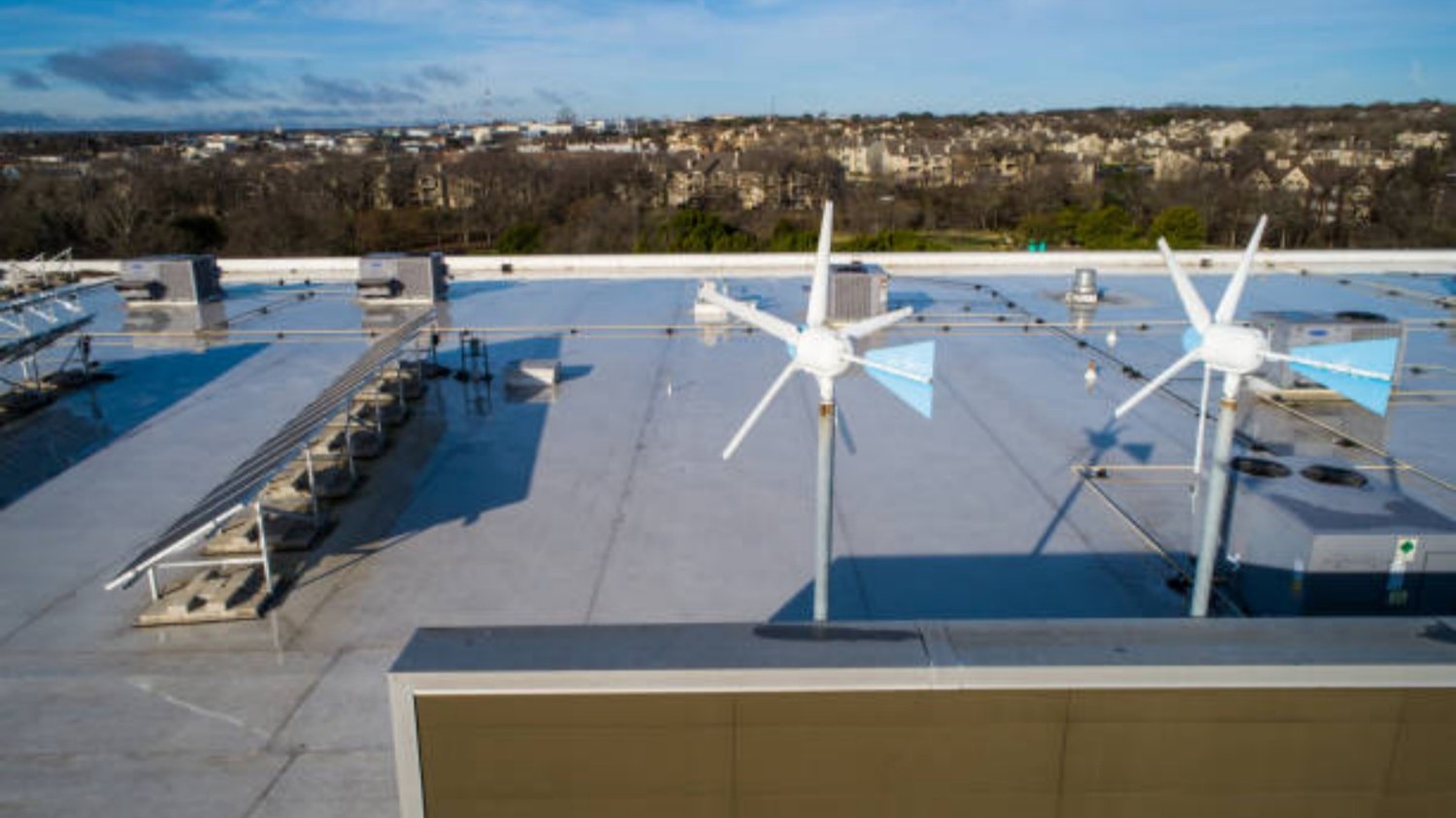The Importance of Slope in IBR Roof Sheeting
IBR roof sheeting is a popular choice for many residential and commercial buildings due to its durability, affordability, and aesthetic appeal. However, one crucial factor that often goes overlooked is the minimum slope required for proper installation and optimal performance of IBR roof sheeting. In this article, we will explore the significance of slope in IBR roof sheeting and discuss the minimum slope recommended by experts in the industry.
Understanding the Role of Slope in Roofing
Before delving into the specific requirements for IBR roof sheeting, it is important to understand the fundamental role that slope plays in any roofing system. The primary purpose of the slope is to ensure proper water drainage, preventing water from pooling on the roof's surface. Without adequate slope, water can accumulate, leading to leaks, structural damage, and other costly issues.
The Minimum Slope for IBR Roof Sheeting
When it comes to IBR roof sheeting, the minimum slope required will depend on various factors, including the material thickness, sheet length, and the specific profile of the sheet. However, as a general guideline, most experts recommend a minimum slope of 1:10 for IBR roof sheeting. This means that for every 10 horizontal units, the roof should have a vertical rise of at least 1 unit.
The Importance of Meeting the Minimum Slope Requirement
Meeting the minimum slope requirement is crucial for several reasons. Firstly, it ensures effective water drainage, preventing the accumulation of water on the roof's surface. This is particularly important in areas with heavy rainfall or snowfall, as a lack of proper slope can lead to water damage and leaks. Additionally, maintaining the recommended slope promotes the longevity of the IBR roof sheeting, as it helps prevent the formation of ponding water that can cause deterioration over time.
Factors Influencing Slope Requirements
While a minimum slope of 1:10 is generally recommended for IBR roof sheeting, it is important to note that certain factors may influence the specific slope requirements for a particular project. These factors include the climate conditions, the roof's location and orientation, and the expected roof load. For instance, in areas with high wind speeds, a steeper slope may be necessary to prevent wind uplift and maintain the roof's integrity.
Calculating the Required Slope
To determine the exact slope required for your IBR roof sheeting, it is best to consult with a roofing professional or engineer who can take into account all the relevant factors and provide accurate calculations. These experts will consider the specific roof design, the local climate, and any additional requirements unique to your project.
Installation Considerations
When installing IBR roof sheeting, it is essential to ensure that the slope is consistent across the entire roof surface. Any deviations from the recommended slope can compromise the roof's performance and lead to water pooling or inadequate drainage. Additionally, proper installation techniques, such as using appropriate fasteners and sealing joints, will help maintain the integrity of the roof system.
Maintaining the Slope Over Time
Even with the correct initial installation, it is crucial to regularly inspect and maintain the slope of your IBR roof sheeting. Over time, factors such as settling, thermal expansion and contraction, and debris accumulation can affect the slope. Regular inspections and maintenance will help identify and address any issues promptly, ensuring the continued effectiveness of the roof system.
The Consequences of Ignoring Slope Requirements
Ignoring the minimum slope requirements for IBR roof sheeting can have serious repercussions. A roof with insufficient slope is prone to water pooling, which can lead to leaks, mold growth, and structural damage. These issues can be expensive to repair and may even require a complete roof replacement in severe cases. By adhering to the recommended slope guidelines, you can avoid these costly and avoidable problems.
Conclusion
In summary, the minimum slope for IBR roof sheeting is an essential consideration for any roofing project. Adequate slope ensures proper water drainage, prevents water accumulation, and promotes the longevity of the roof system. By adhering to the recommended slope guidelines and consulting with roofing professionals, you can ensure the optimal performance and durability of your IBR roof sheeting for years to come.

